Find the right CNC end mill for your project at the NomadTech Store
As important as choosing our CNC milling machine is using good accessories for the different types of jobs to be carried out
To help with this decision, at NomadTech, we've prepared a list of the most useful types of CNC end mills and the materials they're recommended for:
Two-flute straight end mills
They have a neutral effect on cutting pressure –meaning neither above nor below the material thickness– and can chip laminates. Two-flute straight end mills are commonly used for thin materials and plastics, where material lift can be an issue.
Positive helical end mills
The up-cut spirals aid in quick chip removal. When cutting through the material entirely, they produce a smooth finish on the bottom and could chip on the top. Typically, positive helical end mills. are used for grooving, pocketing or soft plastic materials
Negative helical end mills
The down-cut spirals force the chip downwards, requiring a good extraction system. for your CNC machine. Due to this downward pressure applied by negative helical end mills, -which helps keep the material in place- , jobs can be run at faster feed rates.
Positive+negative helical end mills
Their advantage lies in the good finish of the material, both on the top and bottom, when cutting through the full thickness. The positive cutting area is located at the bottom of the CNC end mill, so it can cause material chipping upon entry. Cutting pressures are reduced, allowing for higher feed rates. As the negative cutting area is at the top of the end mill, an efficient extraction system is very important.
Single-flute end mills
They're used when heat is a problem and fast feed rates are impossible to provide during milling. They have a bigger 'bite' than a helical CNC end mill with the same feed, producing a larger amount of chip, thus removing more heat Single-flute end mills. are suitable for small diameters where breakage can be an issue.
Three and four-flute flat end mills
In CNC manufacturing processes, these CNC end mills are commonly used for very fast feed rates and some finishing operations. This fast feed rate is necessary to generate large chips and dissipate heat from the cut material. Designed to remove a small amount of material after a roughing approach operation. Additionally, they can be used for small pockets or surface engravings.
Spherical end mills
Highly used in the creation of parts, models or 3D prototypes with CNC machinery. Typically used in finishing machined 3D workpieces to remove excess material after roughing. Thanks to their ability to maintain hypothetical contact at a point on the sphere, they enable the machining of complex or curved surfaces –that cannot be achieved with flat CNC end mills, as they produce a 'stepped' effect–.
Engraving end mills
This type of end mill allows for superficial (very fine) engraving on soft materials. Due to their shape, size and fragility, they tend to break easily, so it’s recommended to keep spare engraving end mills. on hand. Available with different V-shaped angles, with the most common being 10º, 15º, 30º, 45º, 60º and 90º.
V-shaped engraving and grooving end mills
These are much more robust than previous types and allow for faster feed rates and deeper cuts. Among engraving and grooving end mills, various V-angles are available, with the most common being 30º, 45º, 60º and 90º.
Remember that perfect work begins with having the right end mill. In the online NomadTech Store, you’ve a wide catalogue of CNC end mills –including most of the types described in the article– that adapt to any project (and material) you’re going to carry out with your CNC milling machine series Red Fox and Red Fox 2.
If you have any questions or want more information about our CNC technology, contact us and get the guidance you need.



.png)
.png)
.png)
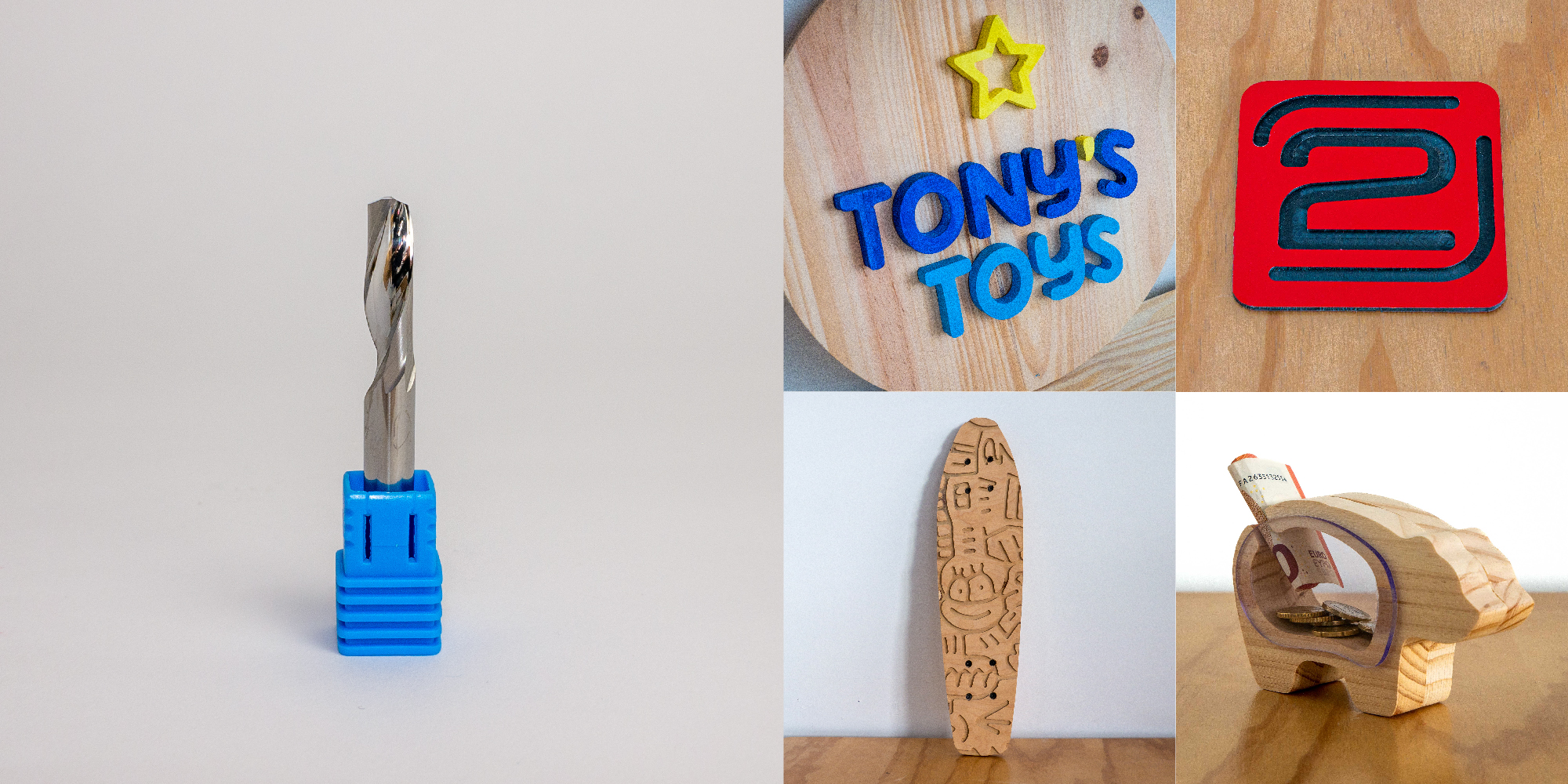
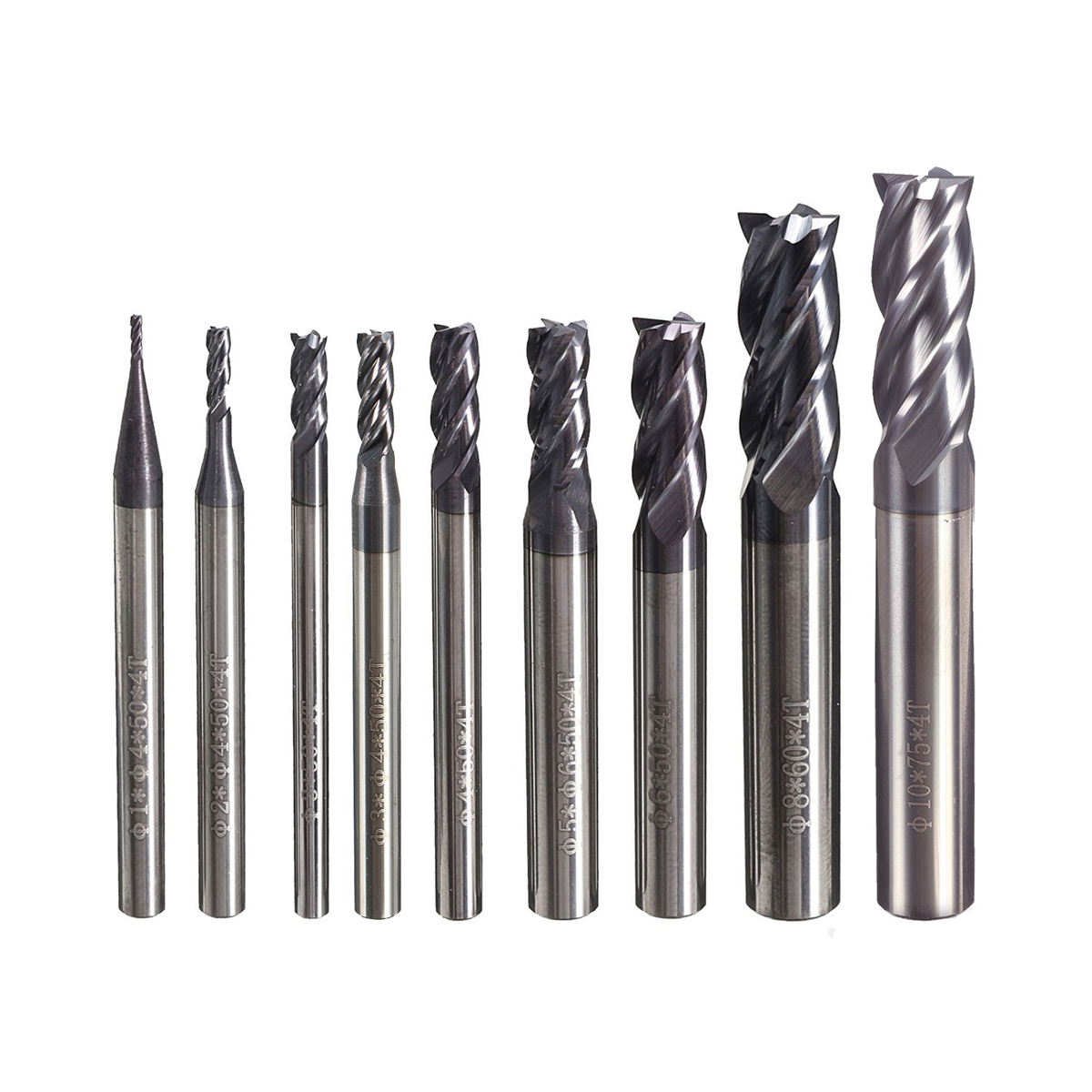
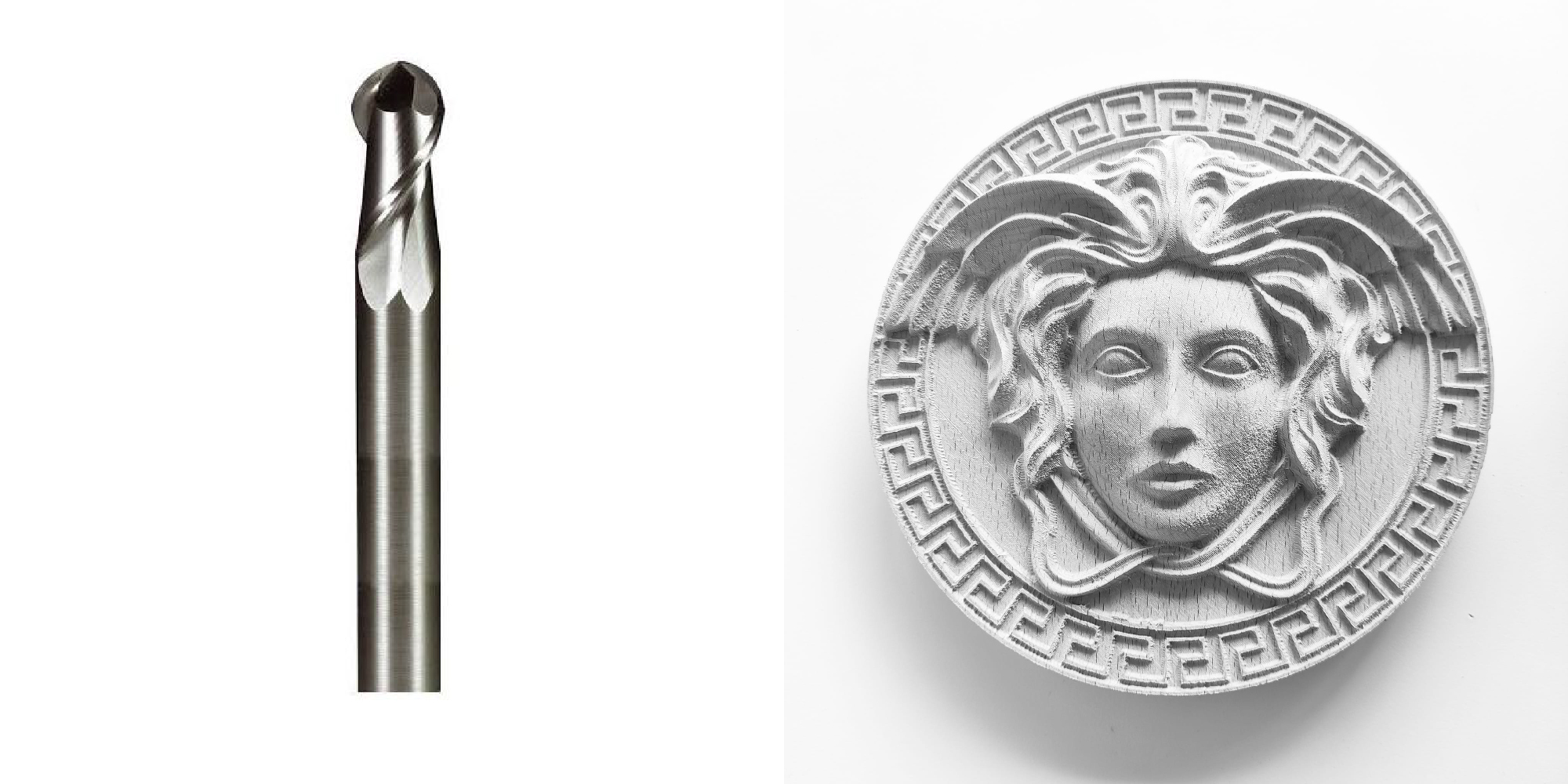

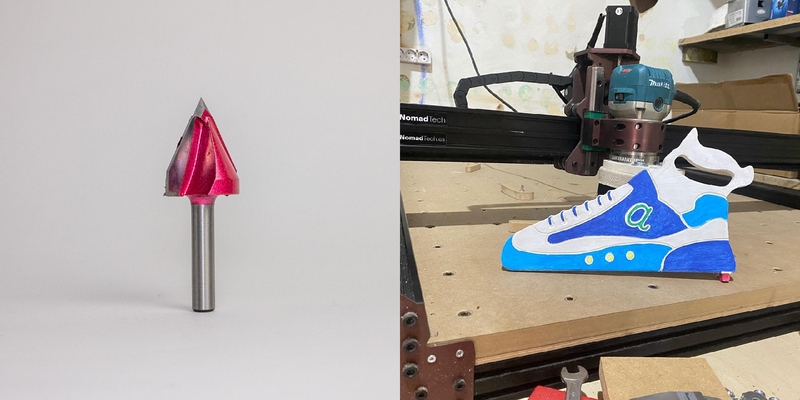
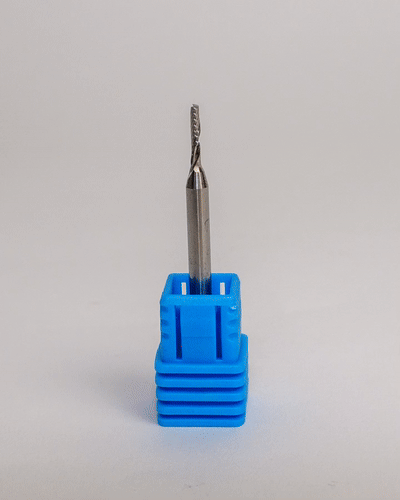
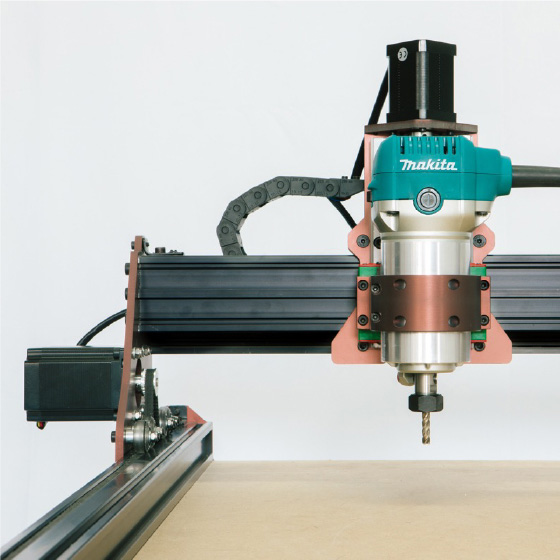
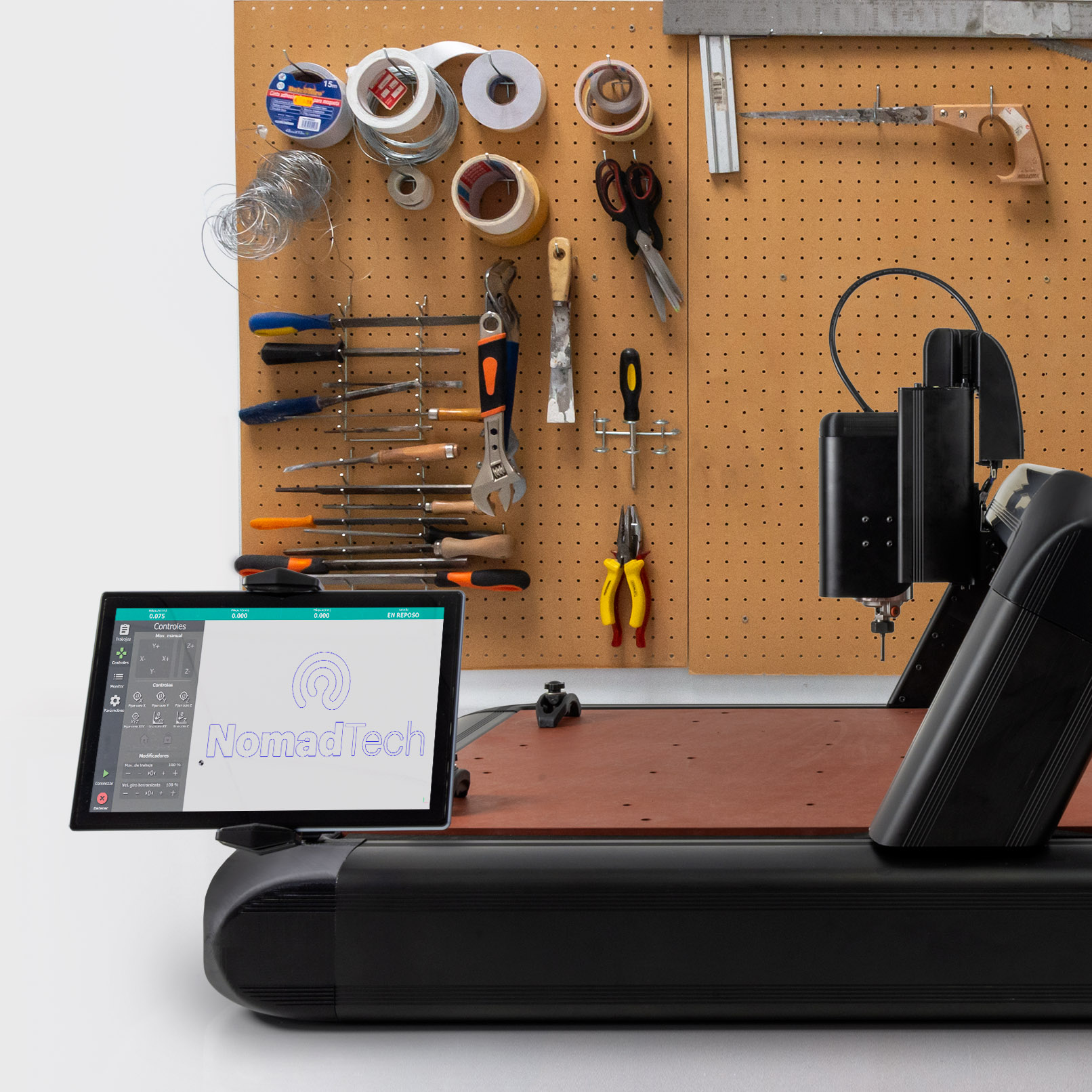

.jpg)